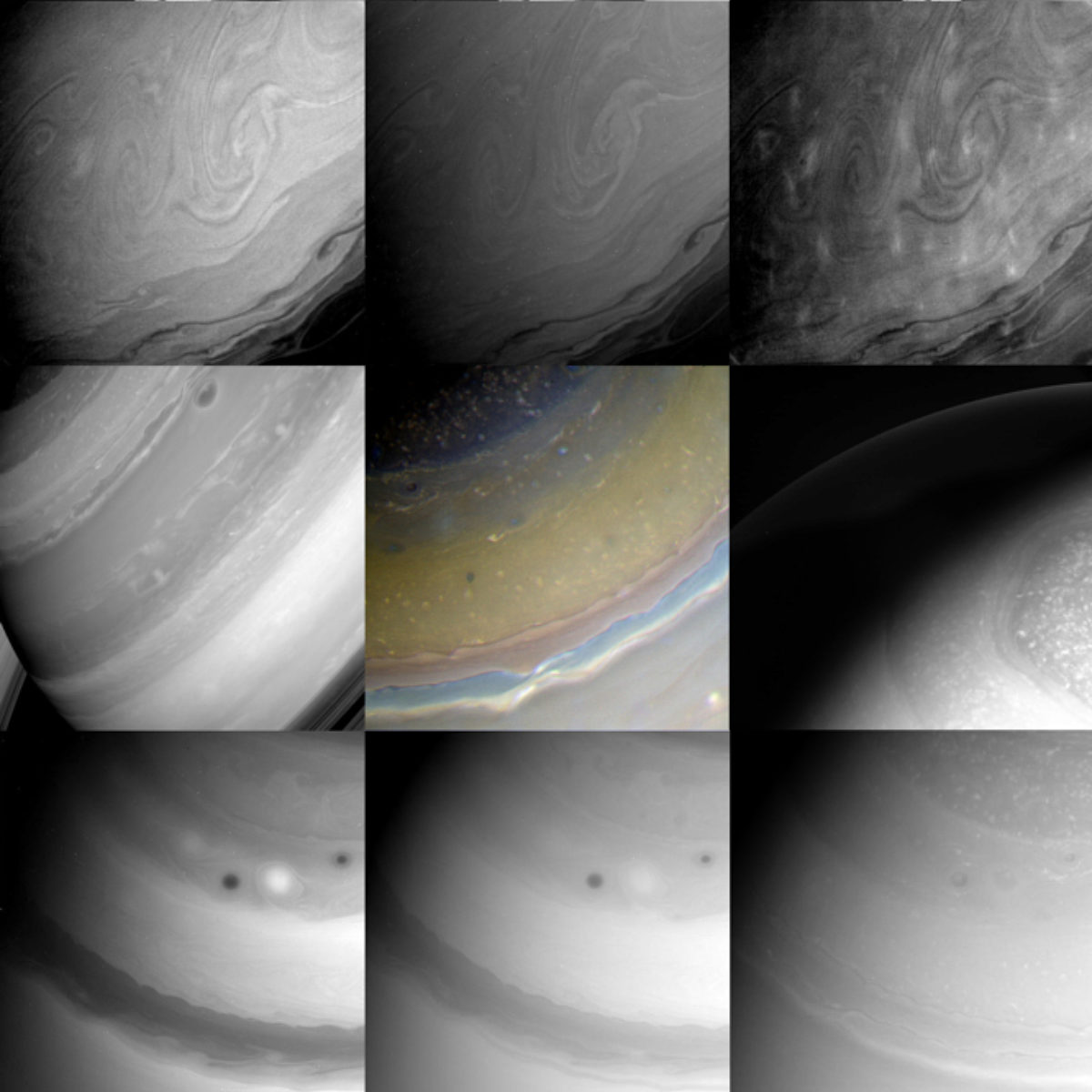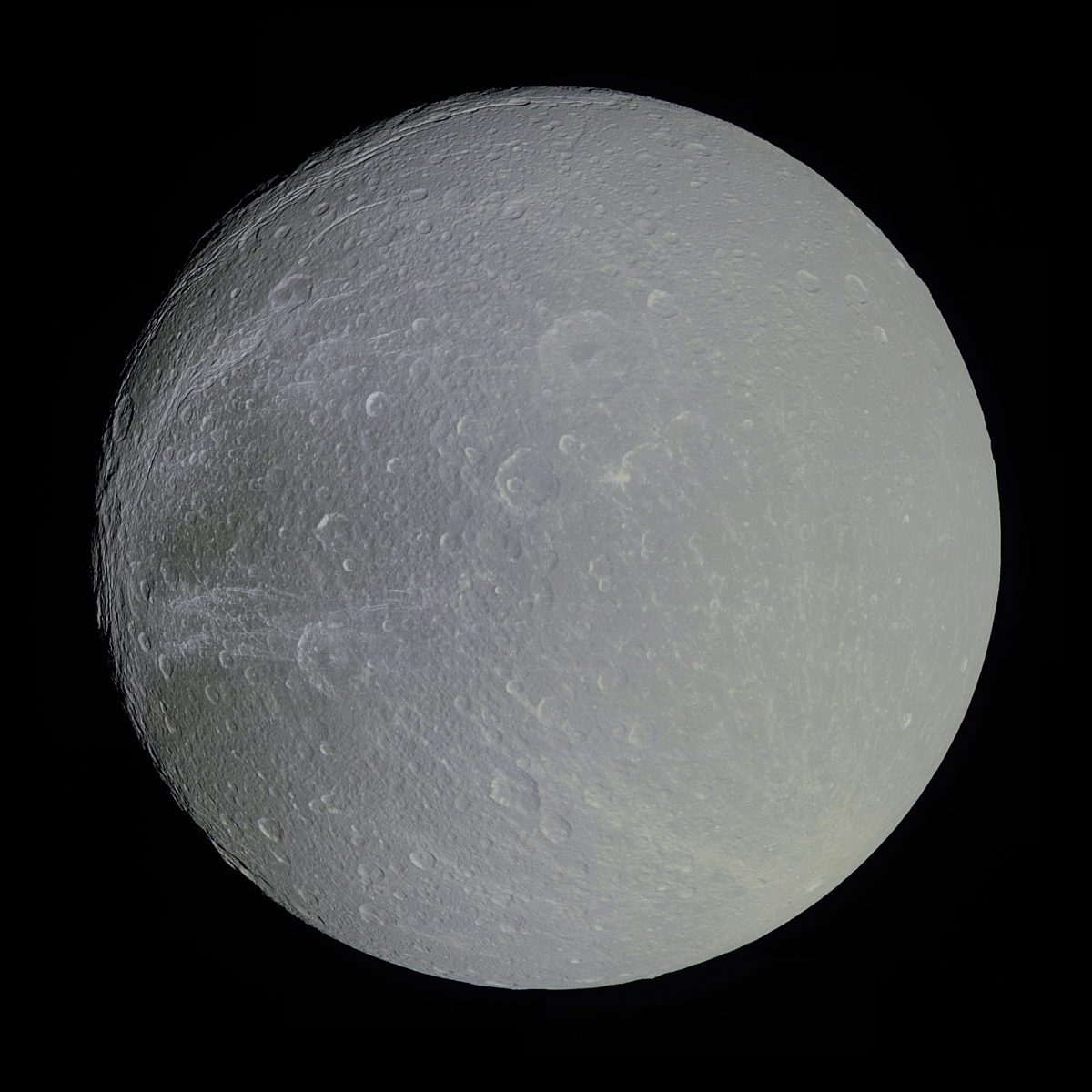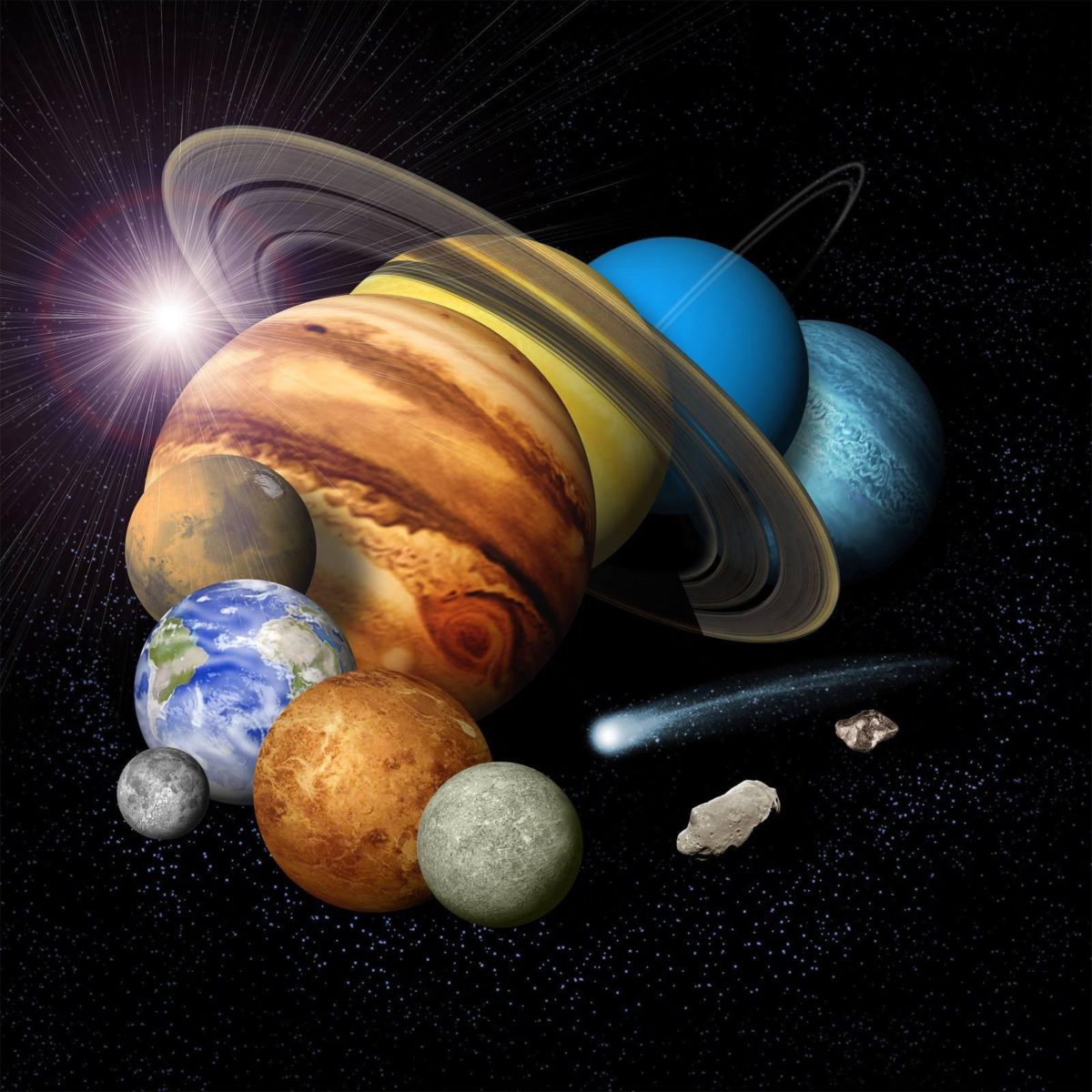All
All
Stories, updates, insights, and original analysis from The Planetary Society.
Worlds in Collision
Meet some worlds that were nearly shattered, literally.
The Shores of the Kraken Sea: Great Place Names in the Solar System
Nothing reflects the romance of deep space exploration more than the evocative names of places on the planets and moons.
Mimas and Pandora dance
I've been out of town for a couple of days and am overwhelmed with work and an overflowing email box. So what do I do about that? I ignore what I'm supposed to be doing and play with Cassini raw image data, of course. Here is a
One of my favorite image processing tricks: colorizing images
An easy image processing trick -- using lower-resolution color data to colorize a black-and-white photo -- is relied upon by many space missions to keep data volumes low. Here's how to do it.
In a New Light
Cassini's unique views of Jupiter and Saturn.
First Analysis: the NASA Planetary Science Budget for 2014
No mission to Europa, diminished funding for outer planets missions, a small bump to small spacecraft missions, and an increase for asteroid detection are part of the White House's proposal for NASA in 2014.
One Day in the Solar System
Dispatches from five different worlds--all sent by robotic spacecraft on the same day.
LPSC 2013: License to Chill (or, the solar system's icy moons)
Reports from the March 19 session at the Lunar and Planetary Science Conference covering eight icy moons in the outer solar system: Ganymede, Europa, Dione, Rhea, Mimas, Tethys, Enceladus, and Miranda.
The Stormscapes of Saturn
Look past the rings, and Saturn is even stranger--and more breathtaking.
Arc of Ice and Light
When the sunlight catches it just right, Saturn's F Ring is something to see.
Enceladus: A problem of contrast
Time for my quarterly foray into the Cassini archival science data! The very first image I downloaded from the January 1, 2013 data release presented an interesting challenge to my image processing skill. I'll show you the pretty picture of Enceladus and then explain how I processed it.
That amazing image of Saturn's north pole just got better: now, it moves!
Remember the amazing photo of Saturn's north pole that I posted yesterday? Now, thanks to an amateur image processor, it moves, and the motions of the individual clouds within the belts are mesmerizing.
Staring into Saturn's baleful eye
Amazing photos have just come back from Cassini, of swirling clouds surrounding Saturn's north pole.
Watching the slow shift of seasons on Titan
A sharp-eyed amateur noticed two images of Titan taken 20 months apart from nearly exactly the same perspective, and they illustrate how the shifting of Saturn's seasons has brought change to Titan's atmosphere.
A huge color global view of Dione
From the Cassini data archives comes a huge (5000 pixels square!) color image of Saturn's icy moon Dione, worth investigating from both near and far.
DPS 2012, Tuesday: Titan's surface
Tuesday morning at the Division of Planetary Sciences meeting featured talks on the surface composition and landforms on Titan, including lakes and
Happy Cassini PDS Release Day!
It's a quarterly feast day for me: the day that the Cassini mission delivers three months' worth of data to NASA's Planetary Data System. Here's a few images processed from the October 1, 2012 data release.
Sturzstroms on Saturn's Moon Iapetus
Long-runout landslides (sturzstroms) are found across the Solar System. They have been observed primarily on Earth and Mars, but also on Venus, and Jupiter’s moons Io and Callisto. I have just published a paper about sturzstroms on Iapetus.
A couple of gems from the archives
We're still working on migrating content from the old to the new website. This week, that means I am looking, one by one, through some great amateur-processed space images.
What's Up in the Solar System in September 2012
It's an active time in interplanetary exploration! Curiosity has begun roving Mars, and Opportunity's not wasting any time either. Dawn has just departed Vesta and begun the more than two-year cruise to Ceres. Juno is in the middle of a big deep-space maneuver, setting up next year's Earth flyby.


 Explore Worlds
Explore Worlds Find Life
Find Life Defend Earth
Defend Earth


 Sun
Sun Mercury
Mercury Venus
Venus Earth
Earth Mars
Mars Jupiter
Jupiter Saturn
Saturn Uranus
Uranus Neptune
Neptune Small Bodies
Small Bodies


















